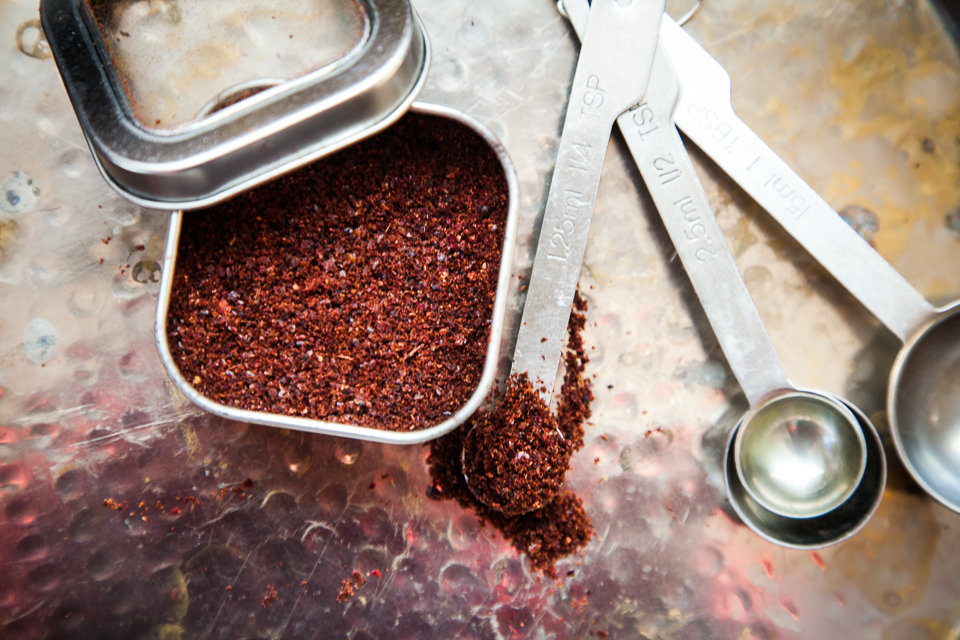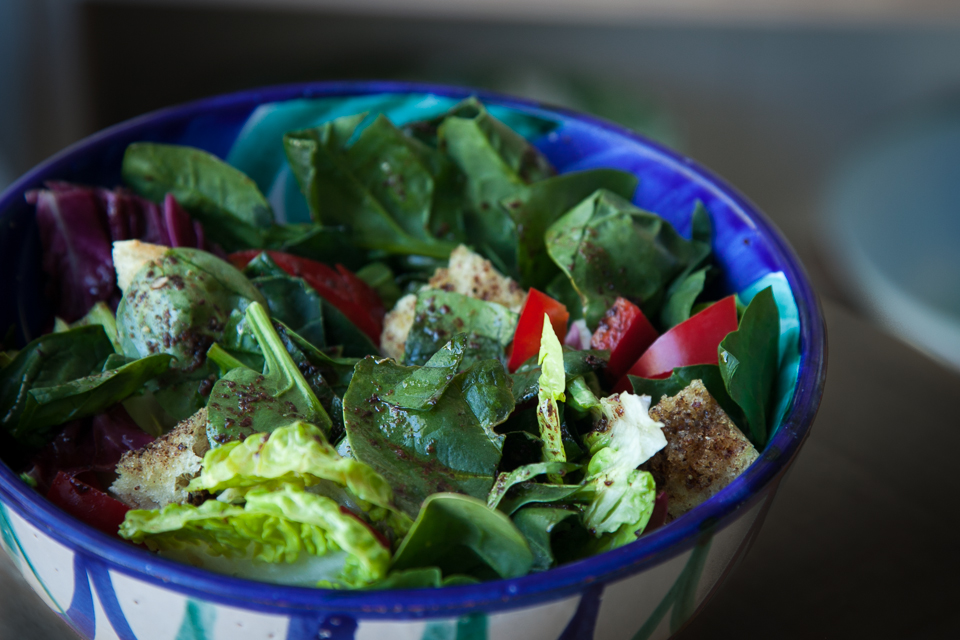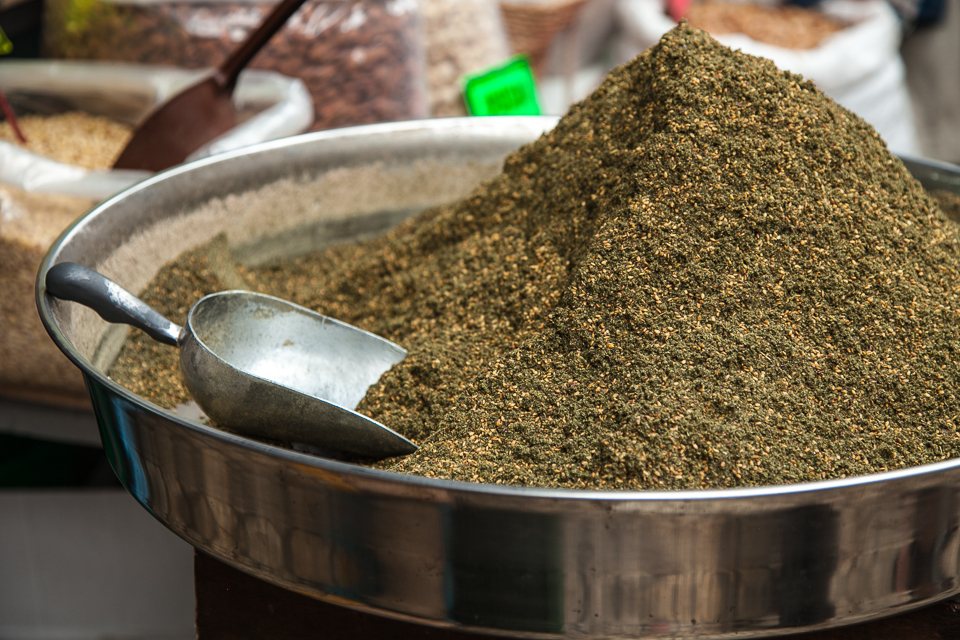PART 1

I’m turning left and moving east with this one – east to the Middle East where they cook with intoxicating spices and flavours.. Some of these are less known outside the region than others – sumac being one of them. I’m actually having a renewed love affaire with sumac, which all happened after a recent post on my potter brother in law’s newsletter for a spinach salad – a fantastic version of fattoush. The flavours in this salad are so surprising and so good that it’s got me experimenting with this spice all over again.  Sumac comes from the edible red berries of the plant of the same name. It has a very special flavour – sour and lemony – and adds a wonderful zing to salads dressings, fish and chicken. You can even use it instead of lemon. Sumac is now quite easy to find. Lots of supermarkets stock it so keep your supply nice and fresh. Once it gets old it becomes sharp and tasteless so just chuck it away and start again
Sumac comes from the edible red berries of the plant of the same name. It has a very special flavour – sour and lemony – and adds a wonderful zing to salads dressings, fish and chicken. You can even use it instead of lemon. Sumac is now quite easy to find. Lots of supermarkets stock it so keep your supply nice and fresh. Once it gets old it becomes sharp and tasteless so just chuck it away and start again

If you have sumac, then you can make your own lovely za’atar. Za’atar is both the name of a variety of wild thyme that grows in the mediterranean and the blend when it is combined with sumac, sesame seeds and salt. It’s very commonly used in Middle Eastern cooking – sprinkled on soft white cheeses, breads, hummus, fish and chicken or just mixed as a dip with olive oil. The fragrant herb combined with tart sumac adds a lovely flavour to many dishes. But beware – when the sumac loses it’s flavour , so does the za’atar. Keep it fresh.
Za’atar is easy to make, and if you can’t get your hands on that particular variety of thyme then use what’s available and maybe combine it with some oregano. Obviously fresh herbs are best but if you can’t get hold of them then use recently purchased dried herbs. All herbs and spices lose flavour as they get old so don’t bother making this with herbs that have been hanging around for ages. Don’t bother making anything in fact….buy new spices!
Zaatar
4 tbs dried thyme or combination of thyme and oregano
2 tsp (‘fresh’) sumac,
I tsp salt,
2 tbs toasted sesame seeds.
If you are using fresh herbs then dry them in a low oven for about ten minutes. Let them cool then grind them up with a mortar and pestle. Grind the sumac and salt. Combine and add the sesame seeds. Mix it all up and that’s it. Za’atar.
And to sample it, just mix a little with some olive oil..and dip some fresh bread or pita into it. Soak it all up….Delicious.
and BAHARAT – that lovely orangey red one at the top – is going to get a page of its own. Next post.


Rosemary says
Sharon, these photos are gorgeous. Already have fresh organic spinach from the fields in Ramat Hasharon. Going to the kitchen to check the state of our sumac…
Sharon says
Rosemary hi! What a nice surprise…Its been so long!
Rosemary says
Yes, let’s not count the years. But please be in touch when you are visiting and come and see us. Amusingly, I took up ceramics (hobby level) two years ago, and visited Michael’s studio with Liz in December.
Suzanne says
I’m hungry now! Can’t wait for part 2. Lovely photos, especially the first.
Amelia says
Sharon, I still have the Sumac and Za’atar you gave me…. Obviously spoiled by now, but I will not get rid of it :-))
Sharon says
I can get sumac in Gibraltar so next time Im there I will pick you up some. Then you can also make your won zaatar!
Fiona says
As always a great post with such incredible richness of flavours and colours. What a delicious blog hhmmmmmm. Can I come for dinner?
Julia Ruiz says
Thanks for all this fantastic information.
Phil says
Hi Sharon,
We’ll have a couple of your zingy fattoush and a small bowl of hummus. I’m sure it’ll go down well with a bottle or two of Sancerre (we’ll bring that). Hope to see you soon.
Sharon says
done!
Stephanie Rico says
Beautiful, beautiful! You’ve found your niche. Now I’m going to have to try this!
Joy says
Hi Sharon…. I’m not sure if I am doing this correctly!?